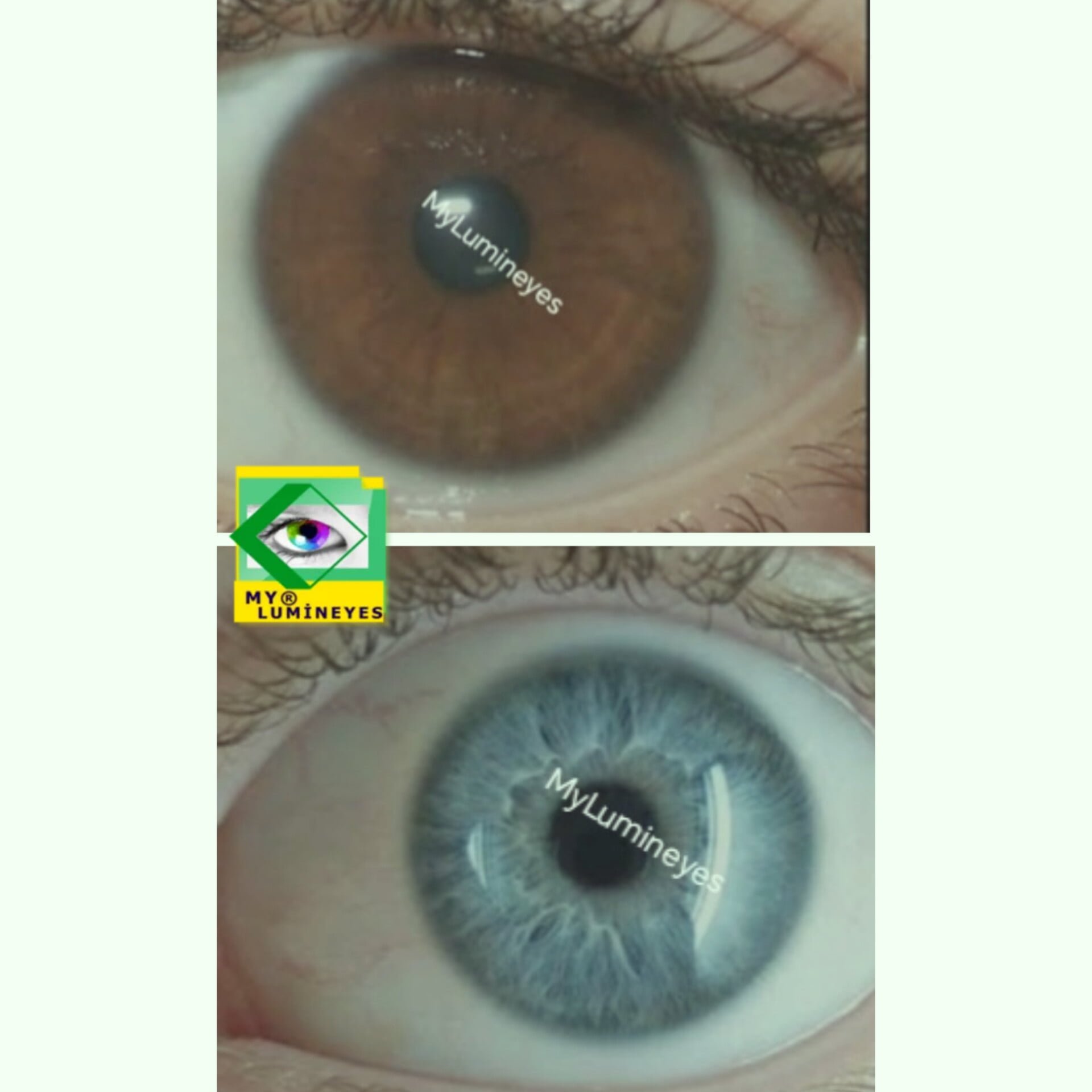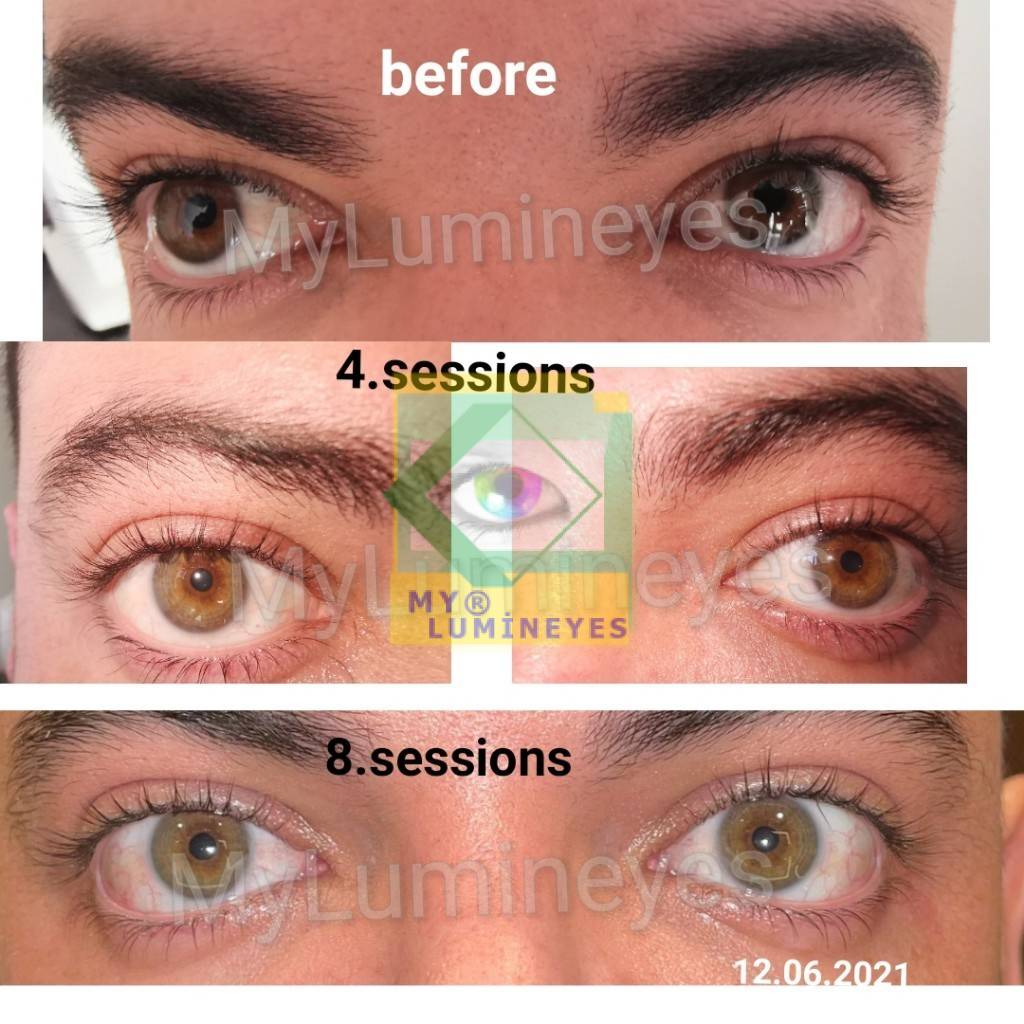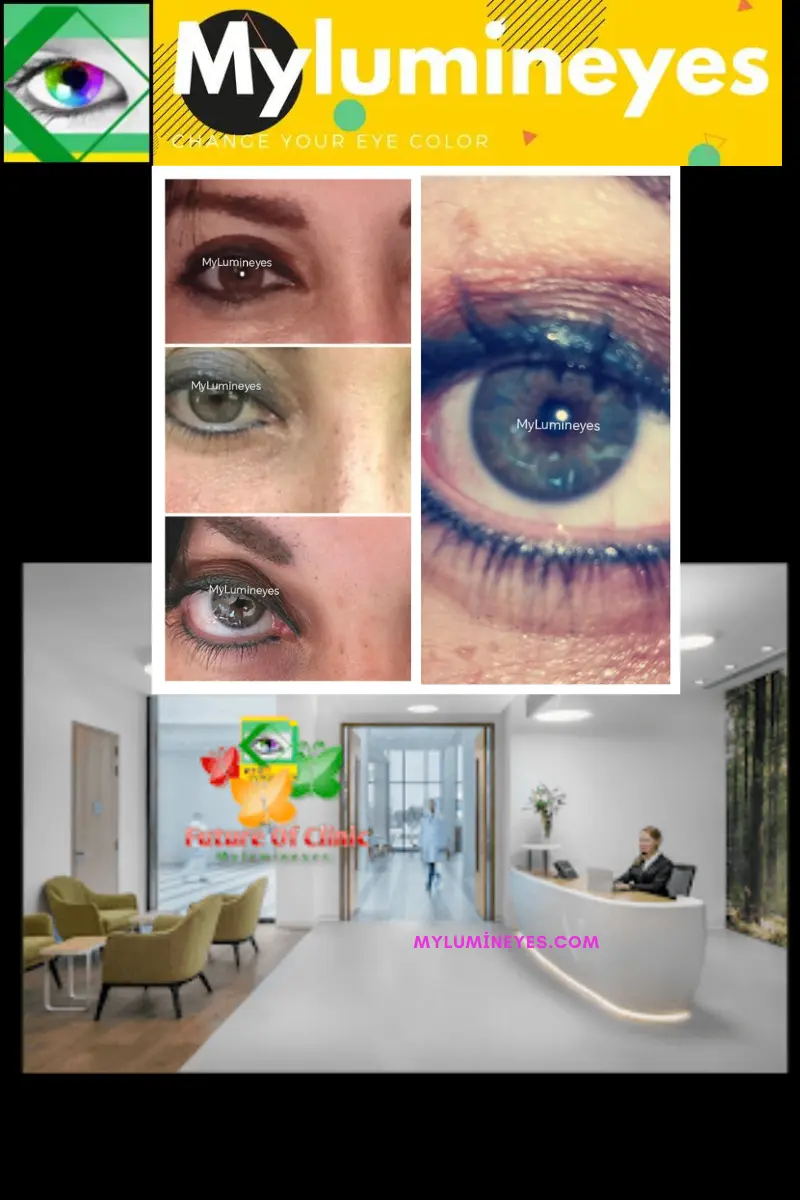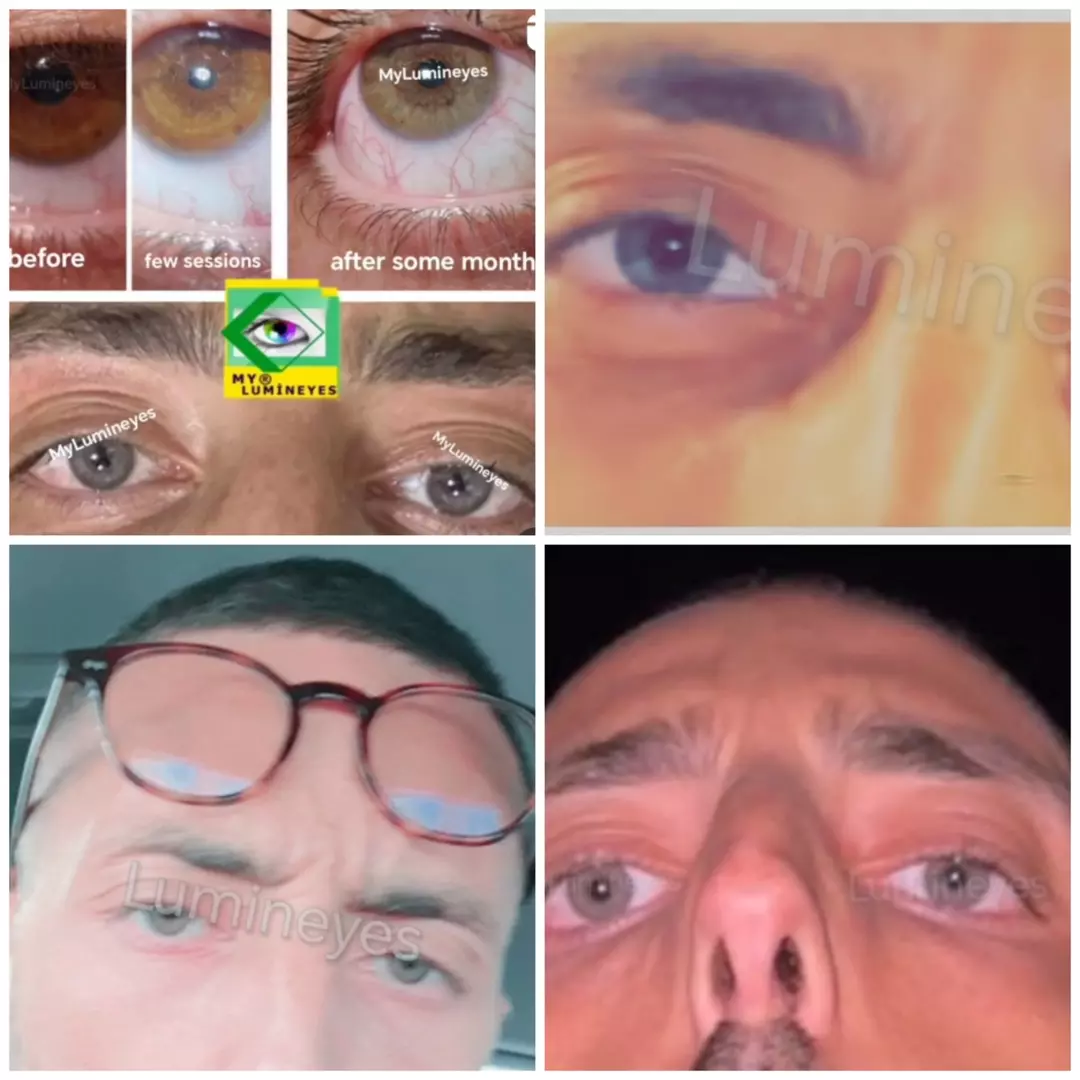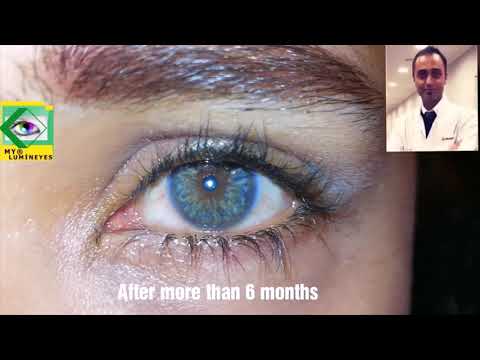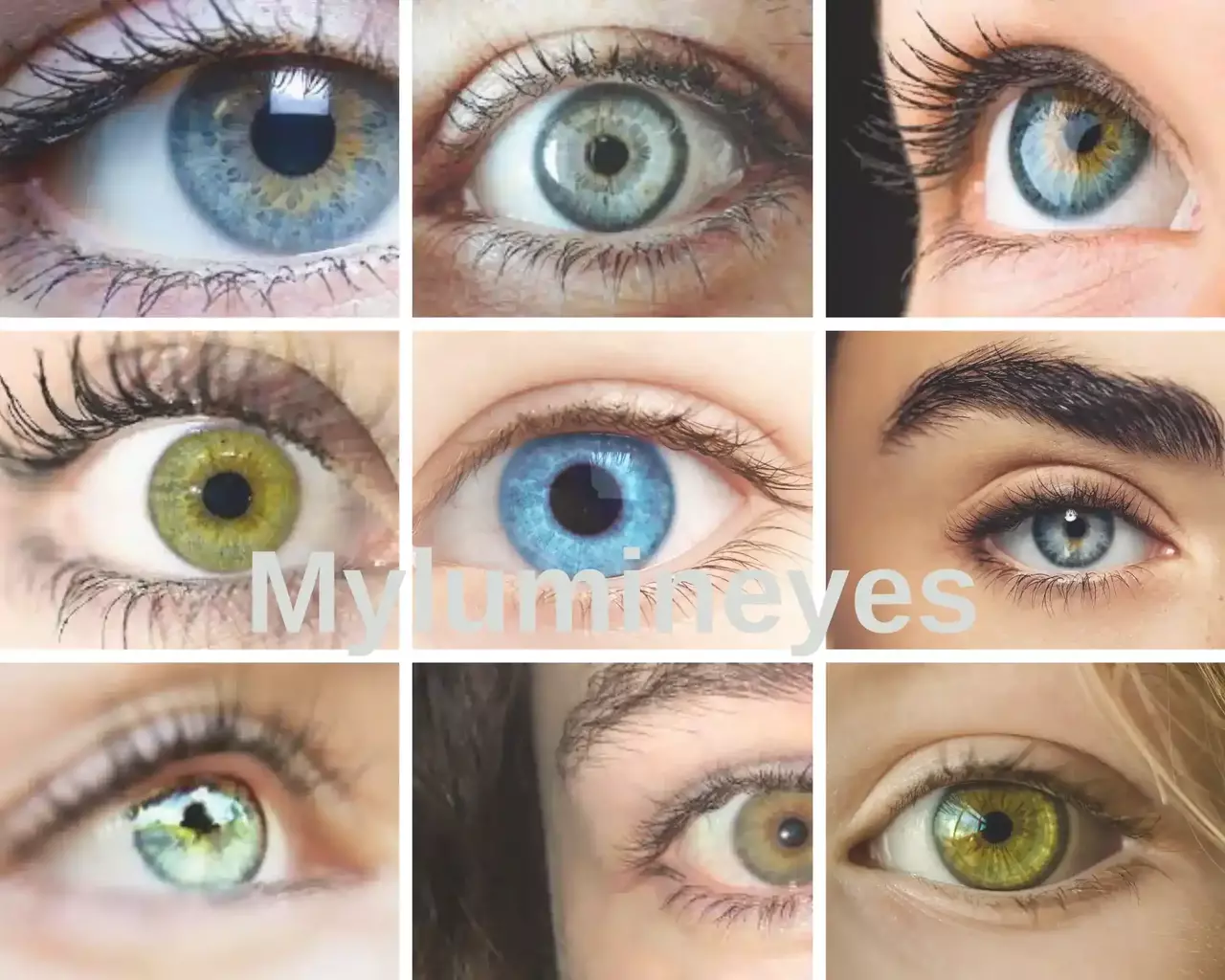Eye color health research
What does the color of your eyes say about you and how healthy your eyes are? Even though eye color doesn’t have a big effect on how well you see, it can change how you feel about what you’re seeing in some situations. Different forms of light are taken in and returned by your eyes depending on how much melanin is in your iris. Melanin pigment content in your iris controls the hues of light absorbed and reflected. The subject of eye color health reveals very interesting results.
The color of a person’s irises is a cosmetic characteristic that, for some individuals, may play a very minor role in determining how they feel about another individual. Deep, penetrating blue, amber eyes and green eyes have frequently contributed to someone’s physical attractiveness.
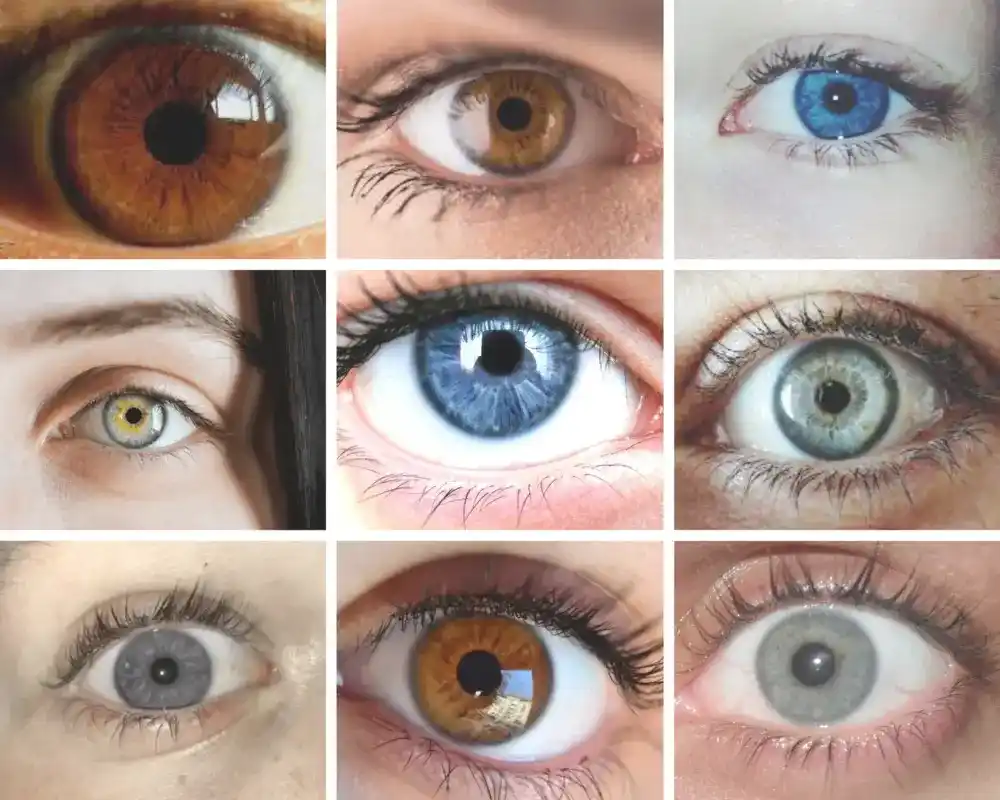
Is there anything else that melanin pigmentation affects than eye color health?
The short answer is “yes.” Eye color can show many things, some of which are health-related and may even show how likely someone is to get certain health problems. Now, let’s look more closely at the minor but important meanings of eye color. To put it simply, the darker the color of the eyes, the more melanin there is in the lens. Because there are more colored cells in the eye, it acts like an internal mirror, reflecting more light and radiation.
Have your ever thougt about eye color blind test purpose?
Dark irises may reduce the likelihood of developing macular degeneration
Age-related macular degeneration, or AMD, is a condition in which the central part of the eye, which is mainly responsible for sharpening our vision, gets worse over time.Over time, AMD can cause images to appear distorted and may also cause illusory spots to appear in one’s field of vision. UV emissions from the sun are known to cause ocular injuries. We’ve addressed how to defend your eye health and prevent the onset of UV-induced eye conditions in a previous blog post. Macular degeneration due to aging is one of the most prevalent eye conditions associated with solar exposure. (AMD).
This is because AMD is caused by excessive exposure to UV radiation and because eyes with less pigmentation, such as blue, green, and gray, are more susceptible to solar damage. Extra melanin in darker eyes can block UV rays more effectively, possibly reducing the risk of developing AMD.
Which eye pigment is the healthiest?
From a survival standpoint, hazel eyes appear to be the only ones that could be considered “advantageous.” Darker eyes are associated with a number of health benefits, including a reduced risk of macular degeneration, though more research is required. Reduced melanoma risk. Gray, green, and blue iris. The presence of lighter-colored irises may indicate a higher malignancy risk. It is correct that light-eyed individuals have a greater lifetime chance for melanoma of the uvea, the inner part of the eye, than their dark-eyed equivalents. This is because colorful eyes have less pigment to protect them from UV radiation. “People with light-colored iris must diligently wear UV-protective sunglasses.”
Melanin is also one of the pigments present in your eyes, and it is distributed throughout the two parts of your iris, the colored part of your eye. More melanin on the inner layer of your iris results in dark brown eyes, while less melanin on the outer layer of your iris results in lighter-colored eyes that seem blue, green, or hazel. Here’s what you need to understand about dark and light eyes, and each of the colors in between.
Your eye color is primarily determined by genetics, but you can modify your eyesight and keep them in good health.
A study found that people with hazel eyes react slightly faster than those with blue eyes when doing certain sports.Because it has the most contrast, yellow light has been shown to protect the retinas of people who were exposed to a lot of blue light.Sunglasses with yellow frames can effectively block not only ultraviolet light but also blue light.
For instance, the melanin levels in hazel irises may provide some cognitive benefits. It appears that individuals with hazel eyes are less susceptible to nerve injury from outside noise than those with blue eyes. Some believe that individuals with hazel eyes tend to have a more optimistic outlook on life.
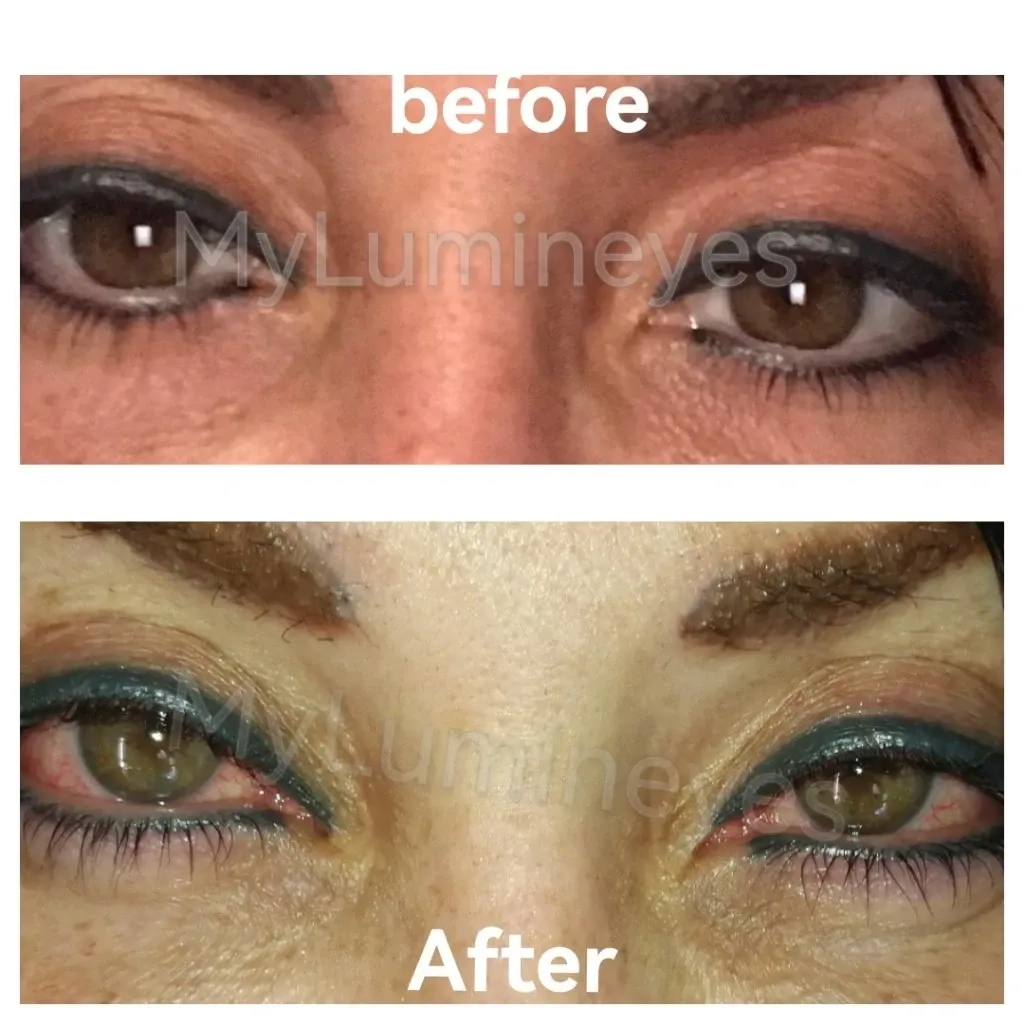
Does eye color determine health?
Your eye color might make you more or less susceptible to several diseases, including skin or eye cancer. While actual changes in eye color are rare, they may indicate a more severe medical condition that requires attention. By getting your eyes checked regularly, you can notice changes in the blood vessels that bring blood to the eyes. These changes could be signs of glaucoma, diabetes, or high blood pressure.
Type 1 diabetes or high blood sugar
According to a study, people with blue eyes who lived in Italy were more likely to get type 1 diabetes. More research needs to be done to confirm the results. A study of Caucasians from northern Europe found that having blue eyes and a brown skin tone make you more likely to get type 1 diabetes.
Problems with hearing
Being around loud noises is bad for your ears, especially if you have blue eyes. Brown-eyed individuals appear to be more secure. Researchers speculate that this is because brown-eyed individuals have more melanin, which protects the hearing from harsh sounds.
Alcohol Dependence
A study from 2015 found that people with blue eyes are more likely to drink alcohol and become addicted to it.Researchers believe genetic links and other possible factors could play an important role in alcoholism proclivity and addiction risk. Adults with darker-colored eyes can be more susceptible to alcohol than those with pale blue or gray eyes. Furthermore, this suggests that individuals with blue or green eyes consume more intoxicating drinks than those with brown eyes which is the most common eye color in world..
Vitiligo Abnormalty
Vitiligo is a skin disorder that causes regions of pigment loss. Blue-eyed individuals are less likely to develop vitiligo than their brown-eyed counterparts. About one-fourth of Caucasian individuals with vitiligo had blue irises, according to research. In contrast, the majority of people had brown eyes, then those with green and hazel eyes.Researchers think the genes responsible for determining eye color also play a role in determining vitiligo.
Cataracts
One serious health problem compromising the eyes is cataract development. Usually affecting older people, this disorder causes vision to seem foggy or blurry and over time can cause major problems differentiating images. At the same time, people with cataracts often notice a change in the look of their pupils; the original hue reduces and a hazy effect slowly takes over.
Unfortunately, those with dark eyes are more likely to eventually get cataracts in their lifetime. Many studies find that those with black eyes are almost twice as likely as those with blue or green eyes to get cataracts. Hazel-eyed people are more likely than blue-eyed people to get cataracts. Those with hazel eyes are twice as prone than those with lighter colors to get cataracts.
Endometriosis
Endometriosis is a condition in which lining tissue from the uterus grows in places other than the uterus.The excess tissue may interfere with other organs, such as the colon and bladder. This is termed endometriosis with profound infiltration (DIE). Women with blue eyes are more likely to develop die than women with any other eye color. Researchers believe that genes that control eye color may be linked to those that cause death.
Guard your eyes
Even though the pigment in your eyes should not impact your ability to see clearly, it may affect your eyes’ sensitivity to sunlight. Regardless of whether your eyes are dark or pale, you should develop the habit of wearing spectacles to protect them. Find an eye doctor in your area who can help you determine the best type of sunglasses for your needs and lifestyle, or browse Eyeconic for the ideal pair with 100 percent UV protection, so you never have to worry about being trapped in the sun unprotected.
Other studies have discovered that individuals with blue or green eyes are more likely to develop pigmented tumors of the eye, probably because they contain less light-absorbing melanin to protect their eyes from UV harm. Regardless of your eye color, you should always wear eyewear that blocks between 99 and 100 percent of the sun’s rays for the safety of your eyes.
How do you change the color of your eyes?
Eye exams are thorough. Dr. Mete evaluates numerous eye color changes and health-related details. Laser shots last 1-2 minutes after special doses and setup. Each individual’s meetings vary in frequency, timing, spectrum, and force. Eye color, iris opposition, security factors, response from cells, and other variables determine customized algorithms and plans. Those are present in Mylumineyes-only. My luminescent laser treatment is 99.9% effective. “My Lumineyes” is the best and most efficient eye color change procedure.
They handled the MyLumineyes® eye color changing method, which is safe over time. “Mylumineyes” is accessible only at our Turkish center. We will soon extend to additional regions. Poor centers, fake medical professionals, and cheap lasers can harm your eyes irreversibly. Eyes are priceless! Packages include medical care. We can make arrangements for your trip to Istanbul.
What about artificial IRIS implants?
Invasively invading the eye, this synthetic “iris prosthesis” is placed on the iris. This easy method in comparison to lasers is dangerous, produces an inaccurate picture, and doesn’t serve its intended purpose. Long-term problems arise from this risky operation. Thus, natural coloring is impossible. As we talked before, Keratopigmentation quite similiar to iris implants a bit safer but artificial results taken.
Which eye color change process is the quickest and most effective?
Dr. Mustafa Mete and the My Lumineyes® staff used the latest version of our 8G+ 3D laser to change dark eyes from brown to green in four days with no adverse effects. Mylumineyes produces quick, effective, and cost-effective outcomes using customized settings. Eye color change achieved without harming eye health is the most essential thing. My Lumineyes® uses a laser system developed over years of expertise.
This laser, aimed at eye pigment cells at a specific frequency, is the newest non-invasive technology. Regular eye doctors cannot perform laser eye color change surgery! Thus, we advise extensive doctoral and center studies. We advise against viewing fake ads, news, center, and doctor material online. We provide a safe and healthy eye color change treatment.

